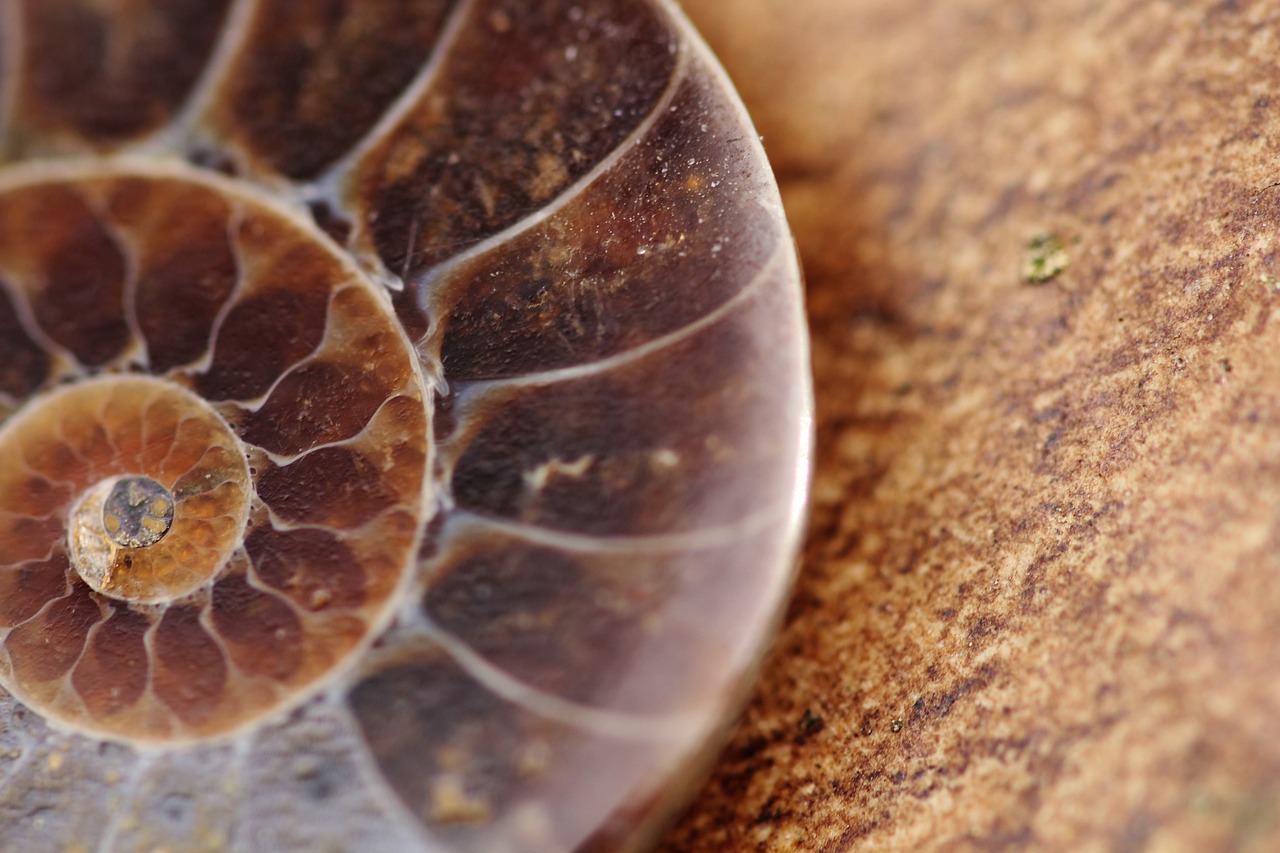A Fossilized Ecosystem in the Heart of the Orobie
Recent discoveries in the Orobie Valtellinesi Park, in the province of Sondrio, have revealed a real fossilized ecosystem dating back to 280 million years ago. This site, which emerged thanks to the melting of ice and snow caused by climate change, has returned a surprising variety of remains: amphibian and reptile tracks, seeds, skin prints and even raindrops.
The first tracks were recovered at an altitude of 3,000 meters in a spectacular operation supported by a helicopter. The finds were presented at the Natural History Museum of Milan, where experts in the field are investigating their importance.
Discovery and Analysis
The discovery was accidental; hiker Claudia Steffensen reported the site, while nature photographer Elio Della Ferrera documented the event. Paleontologist Cristiano Dal Sasso of the Natural History Museum of Milan, together with geologist Ausonio Ronchi of the University of Pavia and ichnologist Lorenzo Marchetti of the Natural History Museum of Berlin, conducted in-depth studies.
Experts have identified tracks of tetrapods (reptiles and amphibians) and invertebrates (insects, arthropods), often arranged in tracks that indicate the movement of animals during the Permian, the last period of the Paleozoic Era. According to Dal Sasso, the authors of the largest tracks found could reach considerable dimensions, up to 2-3 meters.
“The footprints were made when these sandstones and shales were still water-soaked sands and muds,” Ronchi explains. “The summer sun hardened the surfaces so much that subsequent water did not erase the footprints but covered them with a protective layer.”
A Heritage Dissolved in Time
Marchetti emphasizes the importance of the quality of preservation: “The very fine grain of the now petrified sediments has allowed the preservation of remarkable details.” The variety of traces suggests a significant paleoecological biodiversity, perhaps superior to that found in other similar geological deposits.
This discovery not only enriches our understanding of prehistoric life but also offers ideas for further research on climate change and its effects on current ecosystems. The Orobie thus prove to be a natural laboratory for studying the Earth’s past and its evolutionary dynamics.


